The impacts of dampness on your health and furniture
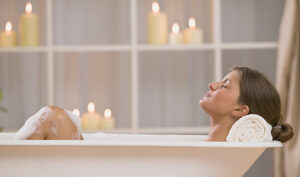
Moisture in the bathrooms is not surprising at all but what we really don’t know is the amount of negative impact of this dampness on our bodies and homes. Do you see lots of condensation and splashes after taking a shower or hot bath? This natural process can be quite dangerous! In this article, we share the most common issues that a wet bathroom can cause and give a few tips on how to decrease humidity.
Most common issues caused by the bathroom dampness
We always think of our bathrooms as the places where we can relax after a tough day. However, we don’t know about the potential dangers they hide. Daily humidity often leads to multiple problems with the building and our own health.
These issues may not be visible at first but maintaining cleanliness of the bath surface should be your priority. Read this article until the end to find easy solutions against the most horrible outcomes of dampness.
Here are some of the problems every resident should know about!
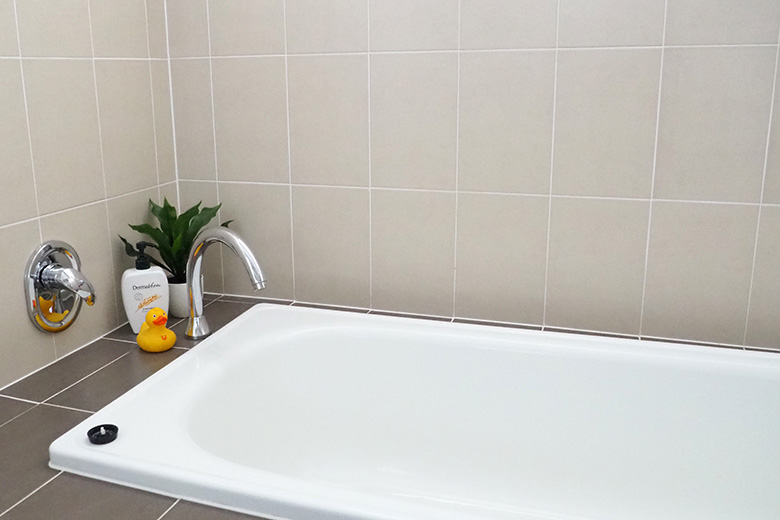
Damp areas are attractive for woodlice
What you really don’t want to witness in your bathroom is a small army of new residents. Sadly, dampness is the magnet for woodlice. But don’t worry: these insects don’t bite or spread infections.
Their only interest is the fungus that grows on walls. That very fungus that is caused by moisture. Don’t feel like taking a bath with a few woodlice? Thinking about the cleanliness of all surfaces before stepping into a shower? Make sure the air in your bathroom is always dry and warm.

Walls of your bathroom can be covered with unpleasant mold
If the brownish blobs of slime in the corner of the bathtub and orange streaks between the tiles are not a part of the decoration, then you probably have something to worry about.
Mold is the common issue of improperly cleaned and wet baths. It likes to grow in dark and wet places. Where can you normally find it?
- On the bathroom walls
- In the areas between the tiles (seams)
- In the corners and edges of the bathtub
Apart from the repulsive look, mold spores are unhealthy for the eyes, skin, nose, lungs, and throat. If you don’t maintain cleanliness in the bath, it will be coming back again and again. By the way, they say that mold will survive doomsday! But do you really want to live with it?

Increased dampness ruins bathroom cabinets
The plywood cabinets and the doors of the bathroom are the most susceptible to damage because of the high humidity level. As a result, your beautiful (and even relatively new) furniture can swell, warp, crack, or sag. Believe us, this is not a pretty sight.
Health issues
Dampness is harmful not only for building and furniture but for you and your family as well. Prolonged and regular exposure to indoor moisture can cause multiple health conditions including:
- reduced lung function
- respiratory infections
- asthma
- allergies
- skin irritations or rashes
This alone should be the reason to maintain cleanliness in the bath and keep it as dry as possible all the time. Don’t wait up until the condition of the entire family worsens – use the recommendations we give at the end of the article.
Damp bath can be the reason of extra cold in the apartment
If the air in the bathroom is damp, the entire apartment will feel colder. This is how the laws of physics works. Moisture has a tendency to move from cool to warm places. If your bathroom is wet after a long bath or hot shower, moisture will go to other rooms in order to evaporate there. As a result, you feel cold and waste more energy on heating your house.
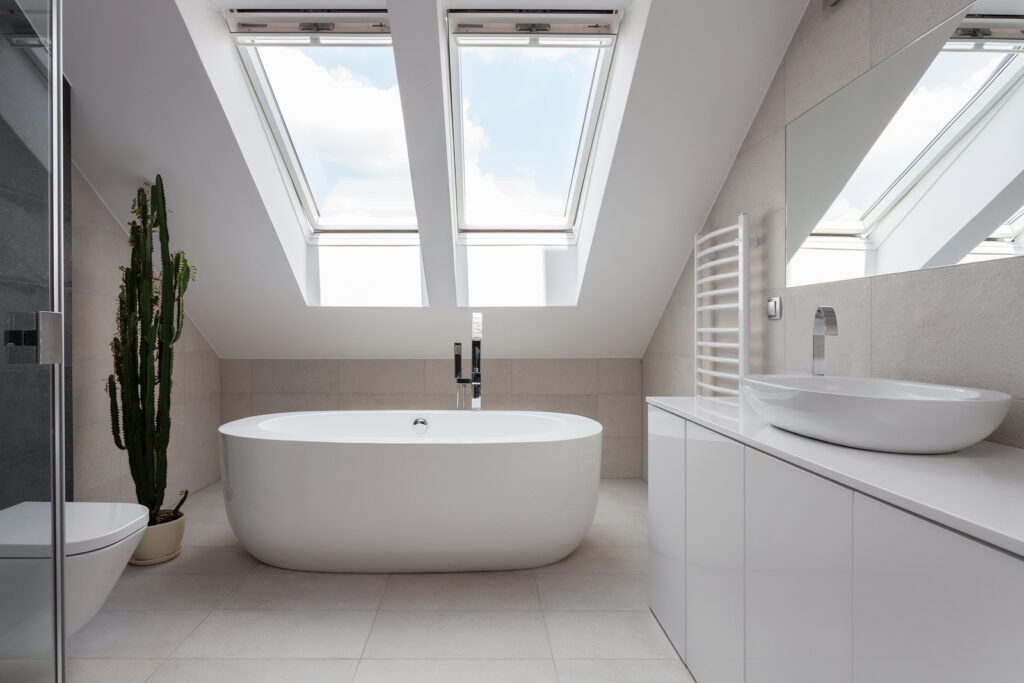
How to maintain cleanliness in the bath
As you realize that increased humidity causes a lot of issues, a logical question arises: what is the best way to keep the bath clean and dry?
It feels almost impossible to take shower less or avoid splashes, right? Moisture in the bathroom is natural but there’s something you can do to reduce the dampness and its negative impacts.
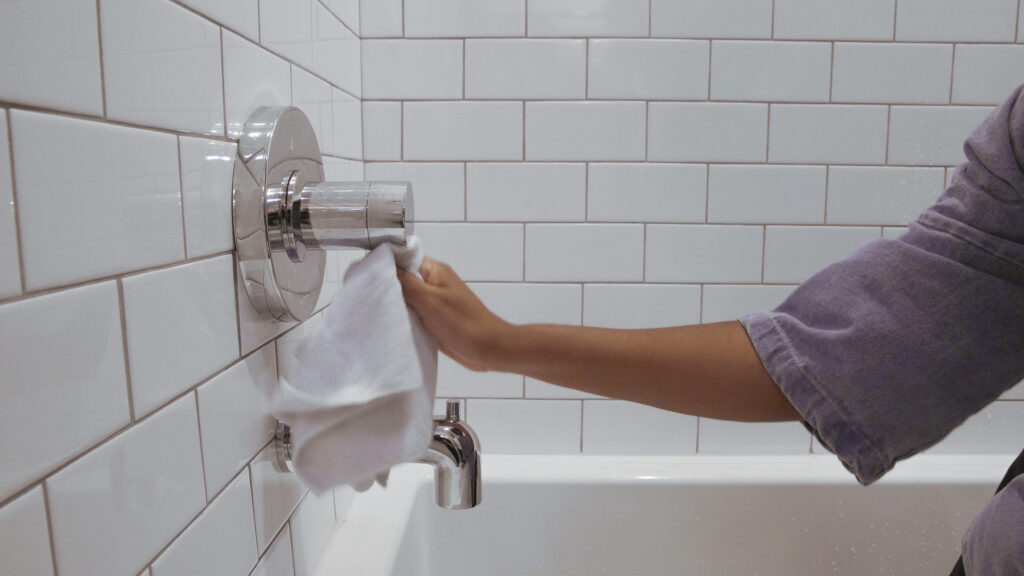
Wipe the surfaces after using the bath
Want to see your bath always spotless and white? Here is another simple technique that will prevent the appearance of mold. Make regular wiping of wet surfaces your habit and after-shower routine. Use a special towel or dry cloth to gather the excess moist after taking a bath.
Keep the door or windows open to ensure aeration
The bathroom is one of the smallest rooms in our houses or apartments. Leaving its doors and windows always sealed leads to the growth of humidity, which causes all the unpleasant aspects we have described above.
Good aeration is the milestone of spotless cleanliness. And it’s the most simple thing you can do. Open the bathroom door and window after showering or taking a bath. The dry air will fill the room and lessen such destructive effects of dampness as health issues, damage of bathroom vanities, and appearance of woodlice.
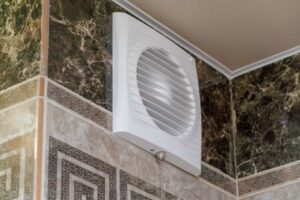
Switch on extractor fan to prevent accumulation of dampness
If your bathroom doesn’t have a window you can open, it should be equipped with a fan. This device was designed to quickly extract the humid air from the room and avoid you seeing brown mold in the corners of your snow-white bath.
Don’t forget that fan should be cleaned from time to time as well as it tends to accumulate plenty of dust.
Final thoughts on bath cleanliness
In general, keeping your bath clean from slime and mold requires keeping the entire bathroom dry. Dampness is the major cause of serious problems with your tile, walls, cabinets, and even your health. Be sure to follow our recommendations if you want to reduce the amount of negative impact on furniture, building, and your body and relax in a clean bathtub.
Muchos Gracias for your blog.Much thanks again. Much obliged.
🙂